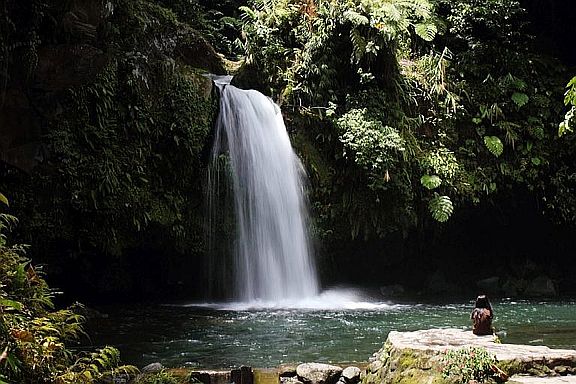Taytay, Palawan: History, Culture, and Natural Beauty

Nestled near the northern tip of Palawan, the picturesque town of Taytay holds a treasure trove of history, culture, and natural splendor. Founded in 1622, it stands as one of the first Spanish settlements on the island, with Fort Santa Isabel as its most notable historical landmark. This fort, featuring an Aztec-influenced chapel dating back to 1667, showcases the rich colonial architectural influences that permeate the town.
The name Taytay, derived from “Taytayan,” meaning a wooden or bamboo walkway, highlights its historical role as a critical connector between various coastal areas. Further enriching its historical landscape, Taytay was once part of the expansive land and naval territory of the Royal Sultanate of Brunei in the 14th century, showing a time when its reach stretched from Palawan to Manila.
Spanish fortification efforts, particularly with the construction of Fort Santa Isabel from coral stones and limestone, were driven by the need to defend against frequent attacks by Muslim invaders and pirates. This fortified structure did not just serve military purposes but also became the administrative capital of the vast province of Paragua, now known as Palawan.


Taytay’s natural attractions are as compelling as its historical narrative. Off its coast lies Malampaya Sound, an angler’s paradise, and the charming island of Paly, known for its pristine white-sand beaches and as a nesting site for giant sea turtles during November and December. These natural wonders complement the historical allure of Taytay, offering a holistic experience of both cultural heritage and breathtaking scenery.
World War II added another layer to Taytay’s rich history. The Japanese occupation saw Fort Sta. Isabel transform into a critical military and naval base. The fort’s old chapel of Sta. Monica was converted into a Shinto shrine, reflecting the deep impact of the occupation. In 1944, the fort served as an outpost for the Japanese Imperial General Headquarters in northern Palawan, underscoring its strategic importance. The liberation of Taytay involved both heroic local and Allied efforts, which were pivotal in freeing the Philippines from Japanese control and marked the beginning of post-war recovery.
Today, Fort Santa Isabel stands as a historical monument, its aged walls echoing battles, alliances, and the daily lives of its inhabitants over centuries. Taytay has evolved into a cultural beacon in Palawan, drawing visitors not only to its historical sites but also to its vibrant natural settings. This unique blend of history and nature makes Taytay a distinctive destination, embodying the spirit of the Philippines’ past and its ongoing narrative.
In sharing the story of Taytay, we celebrate its enduring spirit, historical depth, and natural beauty. The town’s legacy serves as a reminder of the Philippines’ rich historical tapestry and its capacity to inspire and awe both locals and visitors alike. Taytay, with its historical richness and ecological wonders, remains a testament to the resilience and vibrancy of the Filipino spirit.
Adding a modern cultural flourish to Taytay’s rich tapestry is the Pasinggatan Festival, an annual ten-day event that illuminates the town with the cultural vibrancy of the region. Named after the Cuyuno term for “luster” or “glimmer,” this festival reflects Taytay’s nickname as the “Estrella Del Norte” or “Star of the North” of Palawan. The festival’s Street Dance Competition is a particular highlight, featuring regional dance groups and locals in a vibrant display of ethnic dances and songs. Another beloved aspect of Pasinggatan is “Paguetekan,” where visitors can indulge in a feast of local delicacies offered at food booths throughout the municipal complex, celebrating the communal joy and regional flavors of Taytay.
